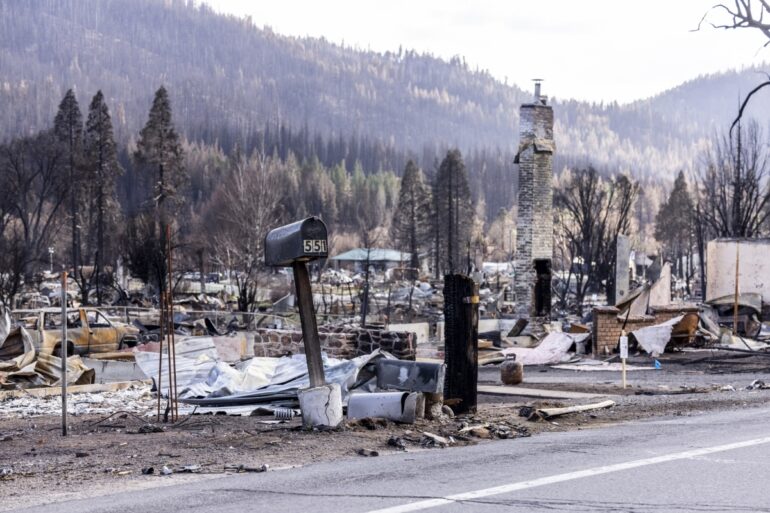Wildfires pose a large and growing threat to communities across California, where fires are becoming more frequent and destructive.
As climate change occurs, the frequency of wildfires is expected to grow. A new study from researchers at the University of North Carolina at Chapel Hill and Stanford University examines the relationship between fire frequency and community vulnerability.
The findings, published February 15 in PLOS Climate, indicate that while maps of wildfire hazard suggest that higher-income communities are more at risk, low-income communities across the state tend to experience fires more frequently.
“Using this metric of fire frequency identified a very different pattern of which communities are at risk,” said Miyuki Hino, an assistant professor in the Department of City and Regional Planning and a Faculty Fellow at the Carolina Population Center at the University of North Carolina at Chapel Hill. “While we tend to focus on the biggest and most destructive fires, the impacts of small, frequent fires can also add up.”
Hino and Chris Field, the Perry L. McCarty Director of the Stanford Woods Institute for the Environment, looked at three decades of where fires occurred, government hazard maps used to identify areas at risk of a wildfire, and census and real estate data. The findings suggest that communities with frequent wildfires are substantially different from communities that are at-risk but may experience fewer fires.
“Lower-income communities will have fewer resources to prepare for and recover from fires,” said Hino. “Identifying the most-affected areas can help direct assistance to the places that need it most.”
Field describes how the impacts of small, frequent fires can create a “death by a thousand cuts” situation.
“The connections between experience with fires, especially multiple fires, and income and real estate point to a troubling pattern,” he said. “We need to take a hard look at fire management policy, to make sure it is not biased against lower income folks.”
More information:
Miyuki Hino et al, Fire frequency and vulnerability in California, PLOS Climate (2023). DOI: 10.1371/journal.pclm.0000087
Provided by
Stanford University
Citation:
Wildfire exacerbates disparity, study shows (2023, February 20)
